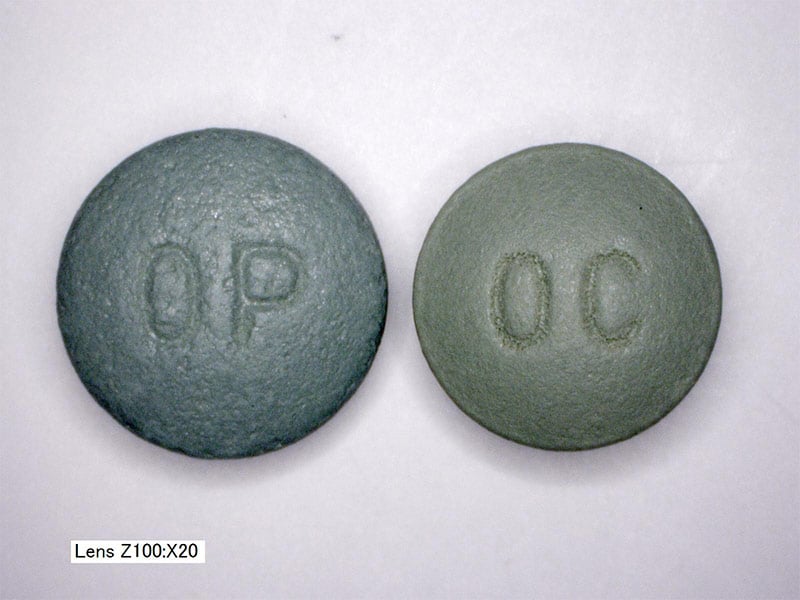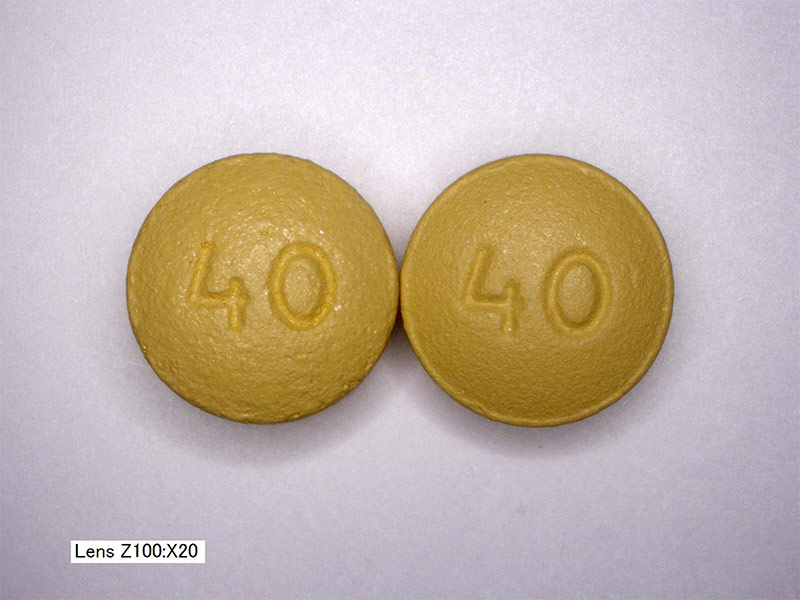What is Oxycodone (ok-see-koh-dohn)?
Oxycodone is a type of synthetic drug that is used to relieve pain. It’s commonly sold under names like Percocet or OxyContin when combined with other medications, but in all forms and names, it is a type of opioid. It’s available in several forms including tablets, capsules, and extended-release forms of the medication. The popular name OxyContin is a brand name from Purdue Pharma.
The drug has been used since 1916 to help manage pain but has been a major part of the opioid epidemic that has gripped America and other parts of the world due to its potential for abuse and for addiction. As such, it’s a drug that is tested for regularly in many drug panel screenings and one that can have a negative impact on your life when it is abused. Oxycodone is not tested in the standard 5 panel drug test, you must order a test with expanded opiates or Opioids. Since January of 2018, the United States Department of Transportation (DOT) required drug testing for transportation related employees has included expanded opiates – Opioids including Oxycodone.

Uses of Oxycodone
Oxycodone is used to change the way that the brain reacts to pain. The drug works by preventing the brain’s ability to receive pain signals from nerves throughout the body. It’s very similar to hydrocodone in its effects and in its addictive nature. When used legally and as prescribed, Oxycodone can be a highly effective way to manage moderate to severe pain. But, the drug’s ability to impact the way that users feel has led to it being abused more frequently than many other drugs today. Like other opiates, Oxycodone will bind to the opioid receptors located in the brain. There, they create sensations of pleasure and serenity.
Those who use Oxycodone illegally may often begin by taking the drug orally. But over time, as their dependence and tolerance increases, they will often begin to use the drugs in other ways. The drug is frequently ground up into powder and then smoked or snorted. In extreme cases, the drug is mixed with water and injected into the bloodstream.
Addiction can happen within just a few days, and physical dependence can occur within weeks. And as the user builds tolerance levels quickly, it will take more and more of the drug to receive the desired, positive sensations. As such, Oxycodone abuse is one of the biggest problems facing the country today. Many users end up switching to heroin.
Effects of Oxycodone
The abuse of Oxycodone can have far-reaching and severe impacts on one’s life. Short term issues related to health are quickly replaced by social and life issues including isolation, lost friends and family, financial struggles, loss of employment, and more. This is combined with serious potential health issues. Serious Oxycodone abuse can lead to problems like:
- Insomnia
- Lung and liver damage
- Heart problems
- Kidney damage
- Overdose
It is no exaggeration to say that Oxycodone abuse can change your life for the worse, and its ability to impact your performance and attendance at work or school means that it can lead to loss of career opportunities and trigger a dramatic fall into addiction. Because of this, it’s being prescribed with less frequency – but the opioid crisis is still ongoing.
Symptoms of Oxycodone Abuse
Those who abuse Oxycodone will exhibit numerous physical, psychological, and behavioral symptoms. These symptoms often grow worse as the addiction increases in severity and as the addict begins to abuse more and more of the drug to make up for their tolerance. Some of the physical and psychological symptoms of Oxycodone abuse include:
- Increased heart rate
- Decreased appetite
- Difficulty sleeping
- Physical agitation
- Lowered levels of motivation
- Depression
- Psychosis
- Physical agitation
- Anxiety attacks
- Feelings of euphoria
- Increased self-esteem
These are the general signs of abuse of Oxycodone, but many of them are generally felt and noticed primarily by the addict instead of those around them. The behavioral symptoms, however, are more apparent to those around the abuser. These symptoms include things like large amounts of time focused solely on obtaining and using the drug, increased use of the drug, missed time at work or school, isolation from friends or family, irritability or anger directed at loved ones, and more.
Testing For Oxycodone
Oxycodone has a very short lifespan in the bloodstream. In most cases, it can take roughly 3 to 5 hours for the drug to exit a user’s system. However, for heavy users or those with specific circumstances, it could take as much as 20 hours before the drug is fully out of the body and no longer detected.
Most commonly ordered tests that include oxycodone include:
The exact time that Oxycodone can be detected depends largely upon the type of testing that is being used:
- Blood tests can detect Oxycodone for about 1 day after the use
- Salvia can detect usage for between 1 and 4 days after its use
- Urine tests will detect Oxycodone for between 3 and 4 days after its initial use
- Oxycodone can be detected in hair for up to 90 days after it has been used. However, it will take 5 to 7 days before it shows up in the hair

Oxycodone is tested for on many pre-employment drug screenings. Employers may use testing as a pre-employment screening, but could also use it for random tests or if an accident occurs on the job to rule out the abuse of drugs as a potential cause of the injury. Testing with urine is most common, National Drug Screening offers the 10 Panel with expanded opiates urine drug test. For hair testing with the 90 day lookback period, we recommend the 5 Panel with expanded opiates hair drug test.
Warning Signs of Abuse
One thing to keep in mind is that the warning signs of Oxycodone abuse are often more difficult to recognize than others will be. Signs such as slurred speech, nausea, confusion, and irritability are initial indicators that can suggest problems. More severe addictions can trigger missed hours at work, criminal behavior, and more.
Additionally, physical issues like lethargy, weight loss, and other problems could exist as well and need to be recognized as potential signs of abuse and are often trigger signs for drug testing. Use of the drugs in the workplace can lead to safety risks, reduced productivity, and more. Use of the drug during everyday activities can also lead to problems and safety hazards, and as such, the use of testing is often utilized to reduce risk and to identify potential issues early on. This is a dangerous drug that has devastated many families due to addiction.






